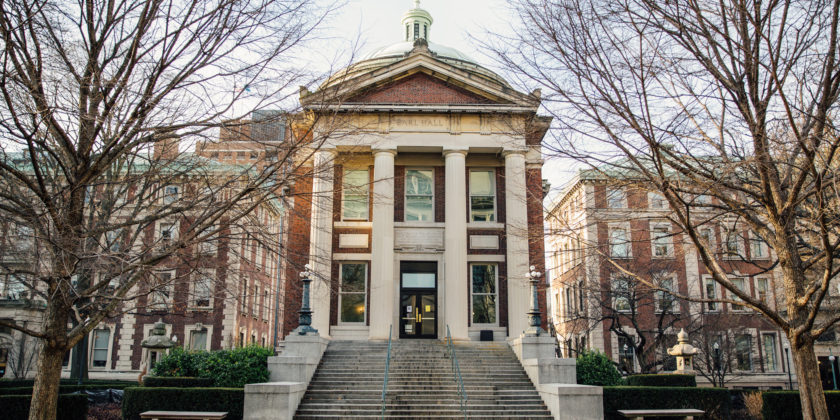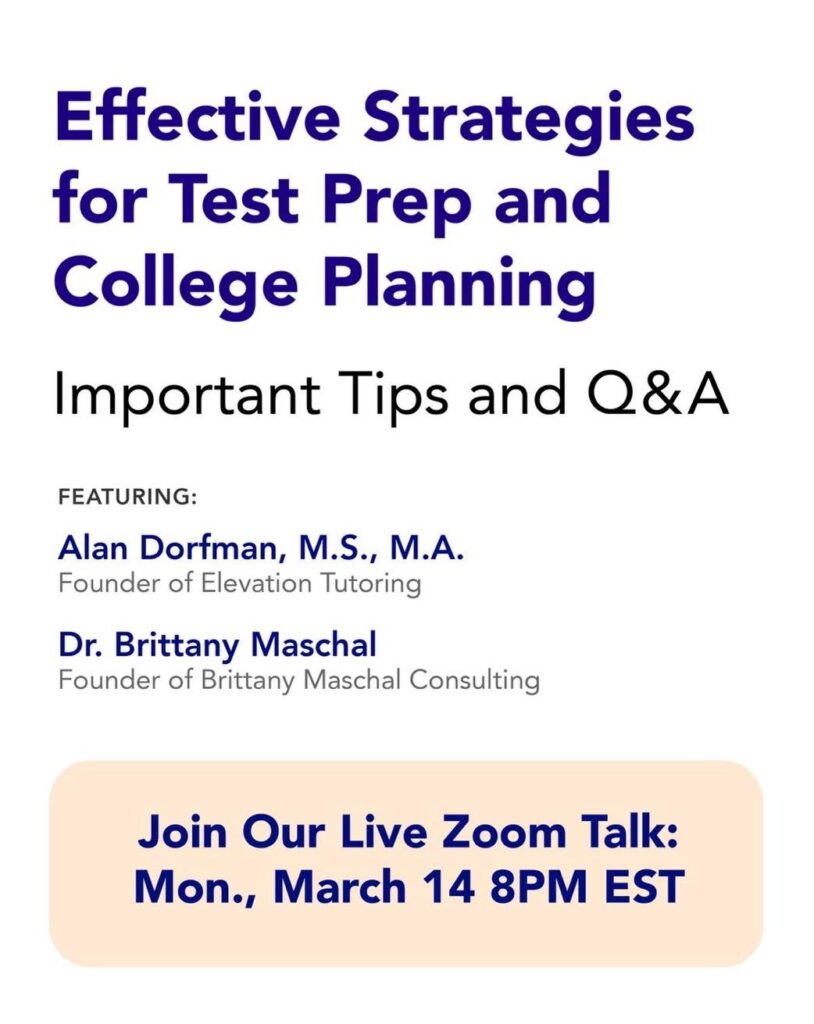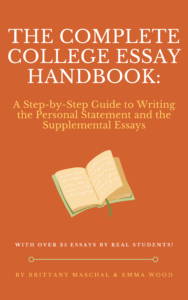Get Involved with jGirls+ Magazine!

Now accepting applications for 2022-2023 teen editor and staff photographer positions!
The application is open to self-identifying Jewish girls, young women, and non-binary people across all backgrounds and across North America who will be in 10th-12th grades in the 2022-2023 academic year.
They actively encourage applicants who are diverse in their Jewish identification, sexual orientation, gender expression and identity, race, ethnicity, and abilities. If you’re unsure whether jGirls+ staff positions are open to your specific Jewish and/or gender identity, they encourage you to read the FAQs for those answers and more. Applications are open now through April 14th.
jGirls+ editorial board members and staff photographers make a difference in the world by:
- Building an online community of future Jewish leaders.
- Providing space for Jewish teenage girls, young women, and nonbinary teens to make their voices heard.
- Engaging in discussion across differences of background, opinion, and perspective.
*Stay in the know! Subscribe*











